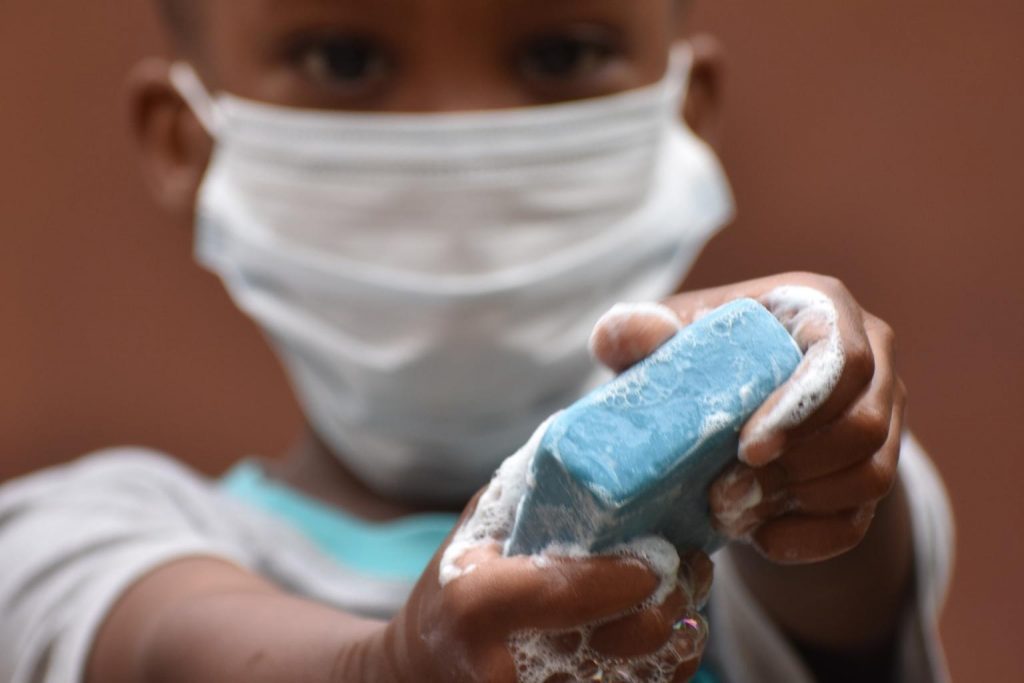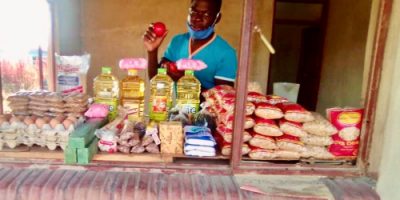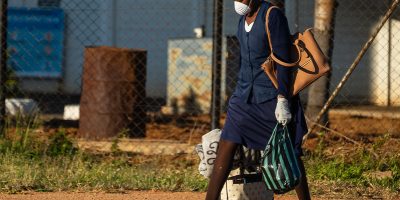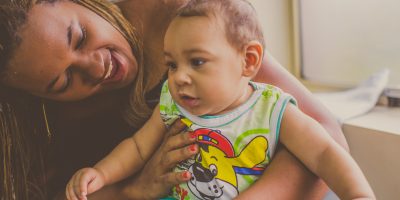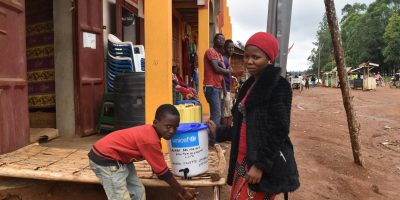This webinar will hear from representatives of the Member States of Africa CDC as well as from civil society organisations, humanitarian actors and professional organisations in order to share experiences of the relevant adaptations and practices that are emerging, and to document and foster mutual learning at this critical juncture. The objectives of the webinar will be as follows:
- To understand the best practices emerging and challenges faced by the Member States in easing public health and social measures.
- To discuss strategies that could fit the African context to ensure that medically vulnerable groups are protected and primary health services continue, as well as strategies to mitigate social and economic impacts as a result of the epidemic.
Join the webinar
The webinar is being held on Thursday 30th July at 2:30-4pm (East Africa Time) /12:30-2pm (British Summer Time).
You can join the webinar via Zoom by clicking here.
Format:
15 min: Framing remarks and key questions: SSHAP and Africa CDC
40 min: Moderated discussion involving all participants
5 min: Summary of discussion and of chat comments from participants
15 minutes: Discussant remarks from selected discussants
- Charles Kakaire – UNICEF ESARO
- OB Sisay – Senior COVID-19 Adviser, Tony Blair Institute
- Dr. Bara Ndiaye, West Africa Regional Manager, AMREF
- Mr. Abenet Berhanu, Uganda Country Director, AMREF
10 min: Final remarks from floor
5 min: Concluding summary remarks and thanks (SSHAP and Africa CDC)
Key questions:
- How have different governments assessed the dilemmas related to restricting viral transmission on the one hand, but also considering the health, social and economic impacts of public health restrictions on the other hand?
- What adaptations have emerged to implement measures to reduce community transmission of coronavirus, such as physical distancing and hygiene measures?
- Is there evidence of initiatives to protect those who are medically vulnerable to more severe disease?
- Is there evidence of initiatives to mitigate the effects on people who are socially or economically vulnerable because of precarious livelihoods, challenging living conditions or food insecurity? What measures did governments or organisations take to provide cash, food or other relief from financial obligations to households or groups such as informal traders?
Background
As African countries confront various epidemiological scenarios related to SARS-COV-2, the Africa CDC has released guidance on easing the stringent public health and social measures (PHSM) that characterized many early responses to containing the virus. The socio-economic impacts of restrictive measures have come under intense scrutiny, especially with respect to the continent’s high reliance on informal economic activity for livelihoods and on local markets for food supplies. There is also growing concern about the secondary health impacts of a siloed and vertical response to COVID-19. The concerns relate to malnutrition and the continuation of preventative services such as immunization, as well as to ensuring ongoing care and medication for other prevalent conditions, including acute and chronic infectious and chronic non-communicable diseases.
Stringent measures might have delayed or contained outbreaks but there are increasing political pressures to ease these as their wider impacts necessitate a weighing up of the relative effects of an outbreak surge and of the restrictions respectively. With the easing of more restrictive measures to reduce community transmission of the virus, restrictions that do not have as significant an impact on other aspects of socio-economic wellbeing have become more important. Renewed questions arise about how to adapt measures such as physical distancing to local realities. Questions also arise about the feasibility of instituting measures to protect those who are most vulnerable to COVID-19 – socially and economically as well as biologically. These could include practicable strategies for isolation, or for ‘shielding’ of the elderly, or for food relief. In this respect, initiatives at a community level, led by a range of actors, are likely to be critical and a vital aspect of localisation and adaptation of standardised outbreak response guidelines.



